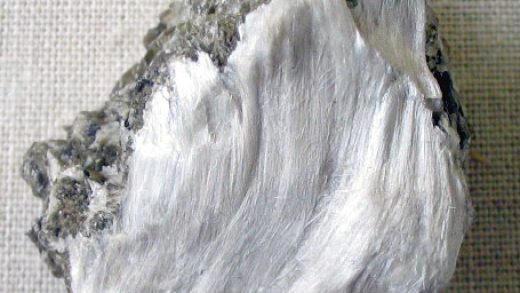When it comes to flooring and wall coverings, durability is often at the forefront of homeowners’ minds. Among the various attributes that define a tile’s longevity, scratch resistance stands out as a critical factor, especially in high-traffic areas or homes with pets and children. This article delves into the world of tiles, exploring the most scratch-resistant options available today, their materials, and how to choose the right one for your needs.
Understanding Scratch Resistance in Tiles
Before we dive into specific tile types, it’s essential to understand what scratch resistance means in the context of flooring materials. Scratch resistance refers to a tile’s ability to withstand surface damage from everyday wear and tear, including scuffs, scrapes, and abrasions. This property is typically measured using the Mohs hardness scale, which ranks materials based on their ability to resist scratching.
The Top Contenders for Scratch-Resistant Tiles
1. Porcelain Tiles
Porcelain tiles are renowned for their durability and low porosity. Made from denser clay and fired at higher temperatures than standard ceramic tiles, porcelain exhibits exceptional hardness. Many porcelain tiles achieve a rating of 7 or higher on the Mohs scale, making them highly resistant to scratches. Additionally, their non-porous nature means they are less likely to stain, adding to their longevity.
2. Natural Stone Tiles
Natural stones like granite and slate are also excellent choices for scratch resistance. Granite, in particular, is one of the hardest natural stones, often rated at 6 to 7 on the Mohs scale. Its dense structure not only resists scratches but also withstands heat and moisture, making it ideal for kitchens and bathrooms. However, it’s essential to seal natural stone tiles regularly to maintain their appearance and prevent staining.
3. Vinyl Tiles
While vinyl tiles may not seem like a contender in the scratch resistance arena, high-quality luxury vinyl tiles (LVT) can be surprisingly resilient. Many LVT products come with a protective wear layer that enhances their scratch resistance, making them suitable for residential and commercial spaces alike. Look for options with a thickness of at least 20 mils for optimal durability.
4. Glass Tiles
Glass tiles are not only aesthetically pleasing but also offer impressive scratch resistance. Their smooth surface makes them easy to clean, and they typically score around 5 to 6 on the Mohs scale. However, while they resist scratches well, they can be prone to chipping if subjected to heavy impact, so careful installation and maintenance are crucial.
5. Cement Tiles
Cement tiles, also known as encaustic tiles, are gaining popularity for their unique designs and durability. While they may not be as hard as porcelain or granite, their thick composition provides a level of scratch resistance that can be suitable for moderate traffic areas. Regular sealing is recommended to protect their surface and maintain their vibrant colors.
Factors to Consider When Choosing Scratch-Resistant Tiles
When selecting the most scratch-resistant tile for your space, consider the following factors:
– Traffic Levels: Assess the amount of foot traffic the area will experience. High-traffic areas require tiles with higher scratch resistance.
– Aesthetic Preferences: While durability is crucial, the visual appeal of the tile should also align with your design vision.
– Maintenance Requirements: Some tiles require more upkeep than others. Consider how much time and effort you are willing to invest in maintenance.
– Installation Environment: Different environments (kitchens, bathrooms, outdoor spaces) may require specific tile properties, such as water resistance or slip resistance.
Conclusion
In conclusion, the quest for the most scratch-resistant tile involves understanding the various materials available and their respective properties. Porcelain and natural stone tiles lead the pack in terms of durability, while luxury vinyl and glass tiles offer unique advantages for specific applications. By considering factors such as traffic levels, aesthetic preferences, and maintenance requirements, you can make an informed decision that not only enhances the beauty of your space but also ensures its longevity.


